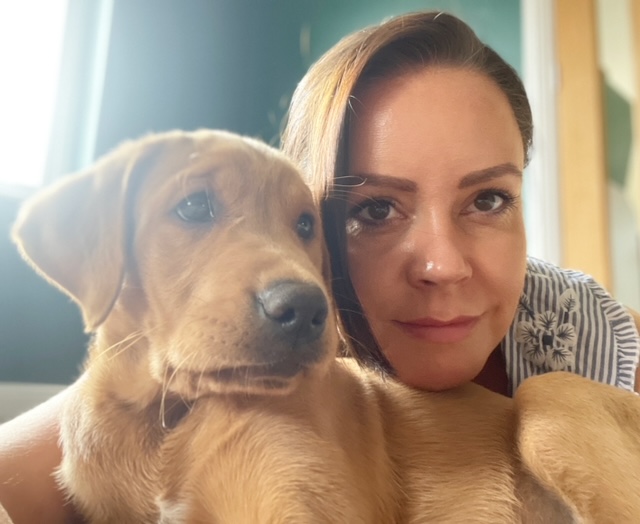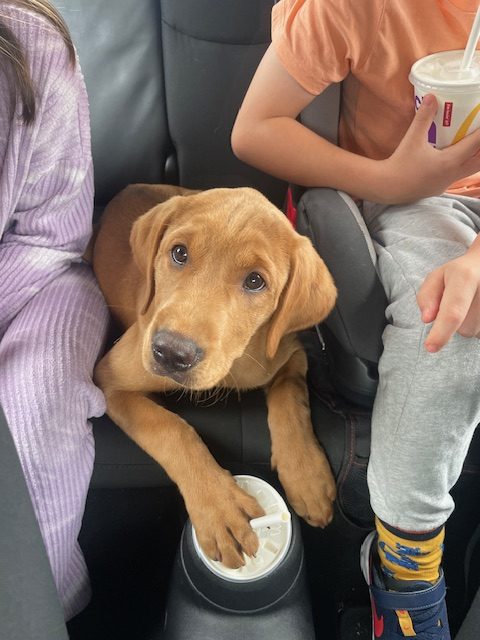Spotting fleas on your furry friend can be a bit challenging, but knowing what to look for is the first step in protecting them from these pesky parasites. Fleas are not just a minor nuisance; they can lead to serious health issues like itching, allergies, and even tapeworms.

A Closer Look at Fleas
Fleas are tiny, dark brown insects, about the size of a pinhead. They’re incredibly small — typically around 1/8 inch long — making them somewhat difficult to spot without a close inspection. Fleas don’t have wings, but they possess powerful legs that allow them to jump long distances compared to their body size. This ability makes it easy for them to move between hosts and environments.
Spotting Fleas on Your Dog
The first step in identifying a flea problem is to look for visual signs on your dog. Here are some tips on what to look for:
- Check the fur: Fleas prefer warm, moist areas of the body, so start by examining your dog’s armpits, groin, and base of the tail. Part the fur in these areas and look closely for small, fast-moving dots that disappear quickly through the hair.
- Look for flea dirt: Sometimes called “flea droppings,” flea dirt looks like tiny black dots similar to pepper sprinkled in your pet’s coat. A good trick to distinguish flea dirt from regular dirt is to place some on a damp paper towel. If it turns red or brown, it’s flea dirt, which is actually digested blood.
- Use a flea comb: A flea comb has fine, closely spaced teeth that can catch fleas or their dirt. Slowly comb through your dog’s fur while paying close attention to the face, neck, and tail areas. Regular combing can help you catch fleas early before they can cause major discomfort for your pet.
What Flea Infestations Do to Your Dog
If fleas have made a home on your dog, they can cause more than just minor irritation. Here are a few things to watch out for:
- Excessive scratching, licking, or biting: This is often the first sign of fleas. If your dog seems more irritated than usual and is constantly scratching, it might be time to check for fleas.
- Red patches and hair loss: Persistent scratching can lead to hair loss and inflamed patches of skin, particularly around the neck, lower back, tail, and thighs.
- Allergic reactions: Some dogs are allergic to flea saliva. This condition, known as flea allergy dermatitis, can cause severe reactions even from a single flea bite.
Preventing and Treating Flea Infestations
Prevention is always better than cure when it comes to fleas. Here are some effective strategies:
- Regular use of flea control products: Consult your vet for advice on flea prevention products like spot-on treatments, oral medications, or flea collars. These are formulated to keep fleas at bay and are essential, especially in warmer climates where fleas thrive.
- Keep your environment clean: Regular vacuuming and washing your dog’s bedding can help eliminate any fleas that have already made it into your home.
- Natural remedies: Some pet owners prefer natural methods, such as diatomaceous earth or essential oils (used very cautiously, as some oils can be toxic to dogs). Discuss these options with your vet to ensure they’re safe for your pet.
Spotting fleas on your dog early can save both you and your furry friend from a lot of discomforts and potential health issues. Remember, it’s important to be vigilant and check your dog regularly, especially during warmer months when fleas are most active.
By being proactive and attentive, you can keep your beloved pet happy, healthy, and flea-free.
Looking for a flea and tick treatment that works? I’ve been a paying customer of Itch for years now. Visit ItchPet.com to find out more.






Leave a Reply